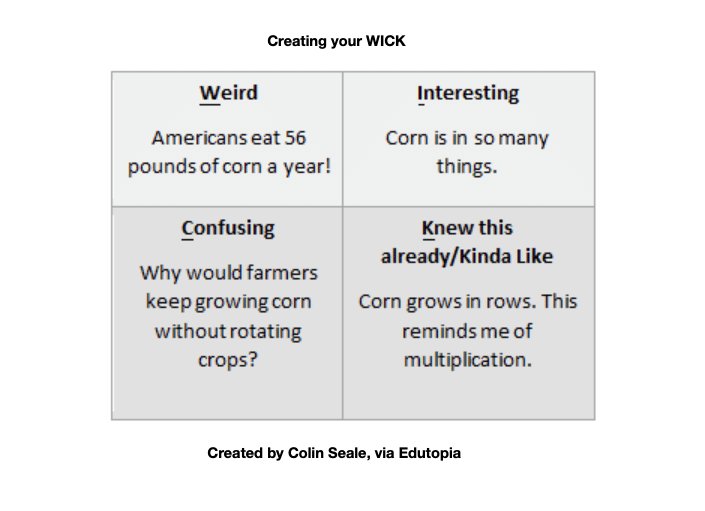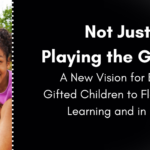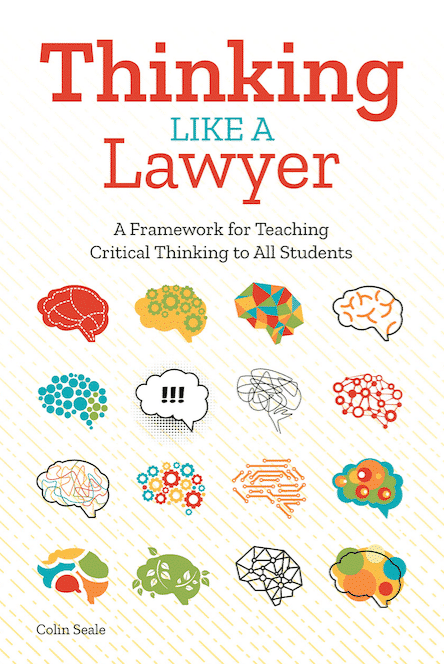Close your eyes and imagine a classroom of students deeply engaged in critical thinking. My bet is that you are not imagining a lecture or anything that resembles a traditional sit-and-get learning environment.
This is unsurprising. As I travel across the country with thinkLaw, supporting teachers with strategies to integrate critical thinking into their daily instruction, I find that teachers are always eager for practical opportunities to get students collaborating, thinking deeply, and engaging in critical thinking.
It is less popular to admit an important reality about instruction: Teachers must plan for and ensure student learning of key vocabulary, procedures, algorithms, and other content-specific and context-specific topics. Even if the idea of the permanent sage on the stage has rightfully been largely discarded, the temporary sage on the stage still has an important place in the classroom. The quadratic formula is still the quadratic formula. The structure of a five-paragraph essay is still the structure of a five-paragraph essay.
Whether you are guiding students through content yourself or having students read, research, or watch a video, the WICK charting process gives students an easy-to-implement method to deepen their engagement during this portion of your lesson. Instead of being stuck in sit-and-get mode, they will shift into sit-and-get-and-scrutinize-and-discuss mode as they process the lesson.
STEP 1: CREATING YOUR WICK
Have your students divide their notes into a graphic organizer with four quadrants labeled as follows: Weird, Interesting, Confusing, and Knew This Already/Kinda Like. Here is a completed sample WICK on the (not-so-exhilarating) topic of corn prevalence in the United States. The instructions for what goes into each box are straightforward.
Weird: List any facts or details that stand out as weird, strange, or out of the ordinary. This is where students place shocking statistics, surprising scientific phenomena, or “can’t believe that works” shortcuts that simplify problems. Students should include anything they might want to fact-check here.
For example, students learning about the metamorphosis of a caterpillar to a butterfly may find it weird that the eggs caterpillars hatched from end up being food for the same caterpillar. It would be like chickens eating their own eggshell.
Interesting: Students should list any facts or details that intrigue them here. This includes information that speaks to their passions, interests, and curiosity. Information in this area of the WICK chart should include topics students want to explore for further research.
For instance, a student studying Shakespeare might find it interesting how dedicated this playwright was to iambic pentameter. Ten syllables in nearly every sentence? That’s real commitment!
Confusing: Any facts or details that do not quite add up go in this area of the WICK chart. Include anything that seems contradictory, arguments that are not well reasoned, and ideas that feel flat-out wrong.
Students in racially homogenous schools learning about the Brown v. Board of Education case may find it confusing that their school is so deeply segregated decades after this decision ruled segregation unconstitutional.
Knew This Already/Kinda Like: Students can list any facts here that they knew already or that remind them of a fact, detail, or piece of information they previously learned. Any information that is “kinda like” other things they have learned in the past and can make a connection to goes here.
Discussing The Scarlet Letter in English? Here is where students might note that the protagonist’s treatment reminds them of the Salem witch trials or the McCarthy-era hearings on communism. These kinds of connections are a personal way for students to engage in critical thinking.
STEP 2: DISCUSSING YOUR WICK
After students have completed their individual WICKs, have them engage in discussion. Talking is simply thinking out loud, so the discussion part of the WICK process allows students to simultaneously integrate critical thinking and transform passive content.
When students discuss their WICKs, a one- or two-minute conversation is often enough to share some deep reflections. Depending on the context, students may not have every quadrant completed. One student’s “interesting” could easily be another student’s “kinda like,” which generates even more opportunities for students to push each other’s thinking.
You can also use WICKs to break up the typical “I do, we do, you do” pattern of instruction. If your direct instruction is set to last 10 minutes, consider pausing at the halfway mark to have students share their WICK responses so far. This way, the WICK serves as a helpful classroom management tool during the part of lessons that often leads to off-task behaviors.
In sum, the WICK process helps students critically analyze information as they learn it. Students will actually enjoy taking notes, and gain a deeper mastery of the content in the process.
LIKE WHAT YOU SEE HERE? DIG DEEPER WITH US BY:
>> Connecting With Us On Twitter, Facebook, LinkedIn & Instagram
>> Joining Our Exclusive Facebook™ Group
>> Getting A Copy of Colin Seale’s Best- Selling Book, Thinking Like A Lawyer
>> Pre-ordering Colin Seale’s Newest Book, Tangible Equity
>> Joining the Raising Critical Thinkers program, exclusively for parents
>> Requesting A Custom Quote For Your Needs









Leave a Reply